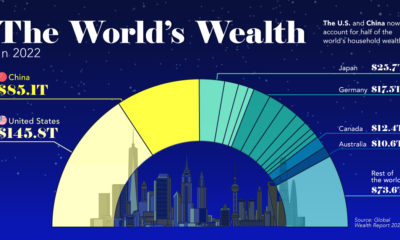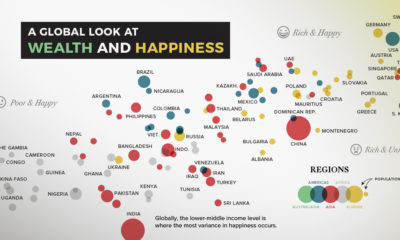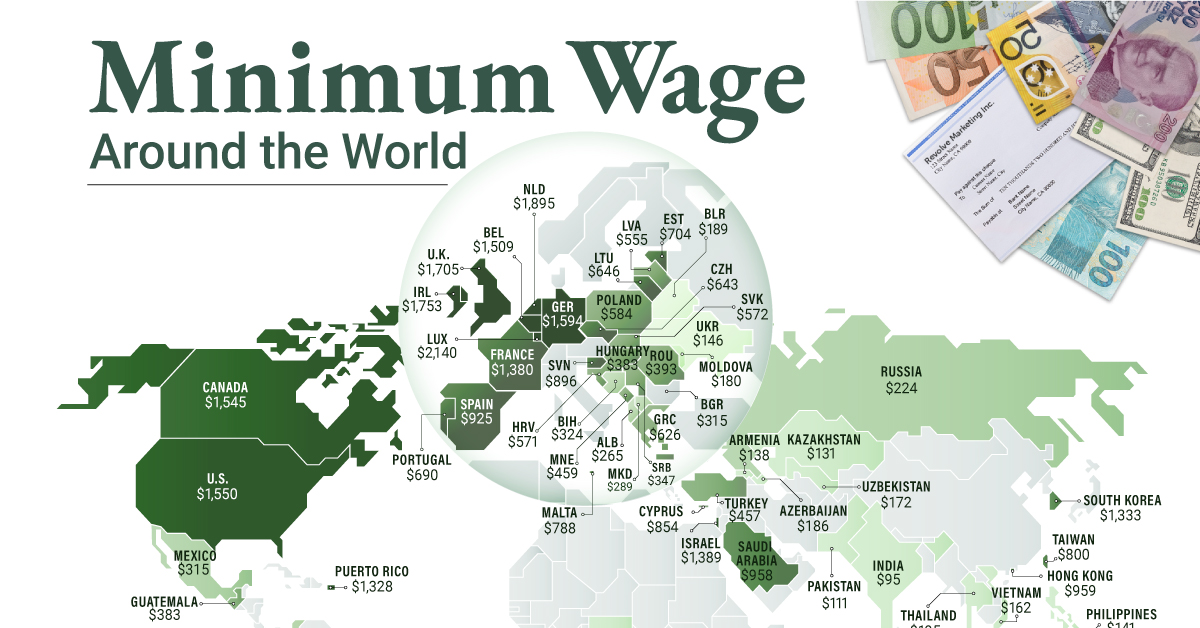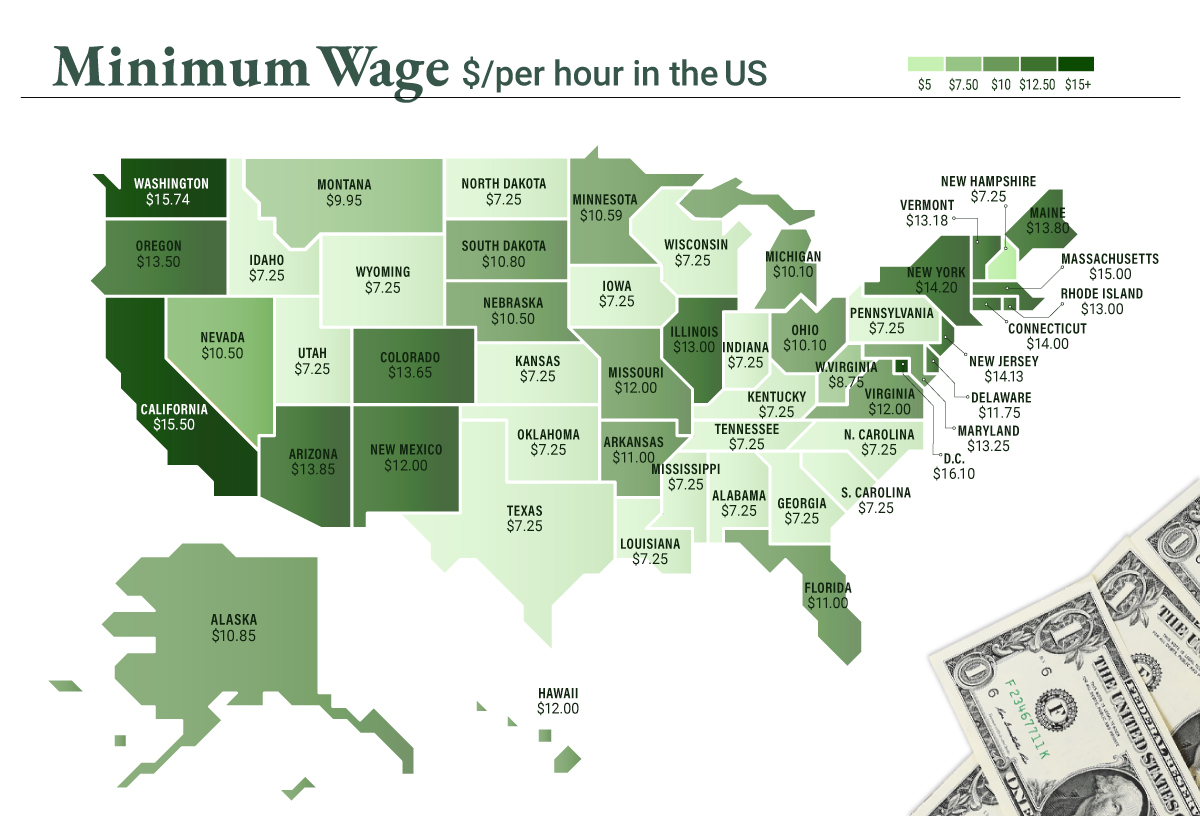While the modern fortunes of people like Jeff Bezos and Bill Gates seem stratospheric in size, even the world’s richest self-made billionaires had to crawl before they could walk. After all, the journey to becoming ultra-wealthy hinges on earning that very first $1 million – the initial pillar of wealth that helps provide the security and confidence to go all-in on later ventures and investments.
The Typical Journey
Today’s infographic comes to us from Slotsia, and it compares the timelines of the wealthiest self-made billionaires showing how long it took them to each earn their first $1 million. As it turns out, joining the Two Comma Club is rarely an overnight endeavor. On average, it took about eight years to get to the $1 million mark, with the most common age for hitting the milestone at age 36, and business ventures being the top source of this wealth.
Milestone Time, by Years
Of the top 100 billionaires on he planet, 65 of them are self-made – and here’s how long it took each of them to earn their first $1 million: Impressively, about 25 self-made billionaires, including people like Mark Zuckerberg, Jack Ma, and Wang Jianlin, were able to make this initial fortune in under five years. Meanwhile, other founders like Phil Knight of Nike, took 16 years to hit the mark.
Milestone Time, by Industry
While the set of data is limited, here’s how long it took to hit the first million based on industry: Billionaires in the telecom and tech sectors were the fastest to $1 million, while those in fashion, construction, and manufacturing businesses took much longer to get to the promised land. Of course, reaching the first financial milestone is only one step in a much longer journey. For further reading, see how long it took for the world’s wealthiest to make the jump from millionaire to billionaire. on To see how the minimum wage differs around the world, we’ve visualized data from Picodi, which includes values for 67 countries as of January 2023.
Monthly Minimum Wage, by Country
The following table includes all of the data used in this infographic. Each value represents the monthly minimum wage a full-time worker would receive in each country. Picodi states that these figures are net of taxes and have been converted to USD. Generally speaking, developed countries have a higher cost of living, and thus require a higher minimum wage. Two outliers in this dataset are Argentina and Turkey, which have increased their minimum wages by 100% or more from January 2022 levels. Turkey is suffering from an ongoing currency crisis, with the lira losing over 40% of its value in 2021. Prices of basic goods have increased considerably as the Turkish lira continues to plummet. In fact, a 2022 survey found that 70% of people in Turkey were struggling to pay for food. Argentina, South America’s second-biggest economy, is also suffering from very high inflation. In response, the country announced three minimum wage increases throughout 2022.
Minimum Wage in the U.S.
Within the U.S., minimum wage varies significantly by state. We’ve visualized each state’s basic minimum rate (hourly) using January 2023 data from the U.S. Department of Labor.
2023-03-17 Update: This map was updated to fix several incorrect values. We apologize for any confusion this may have caused. America’s federal minimum wage has remained unchanged since 2009 at $7.25 per hour. Each state is allowed to set their own minimum wage, as long as it’s higher than the federal minimum. In states that do not set their own minimum, the federal minimum applies. If we assume someone works 40 hours a week, the federal minimum wage of $7.25 translates to an annual figure of just $15,080 before taxes. California’s minimum wage of $15.50 translates to $32,240 before taxes. For further perspective, check out our 2022 infographic on the salary needed to buy a home across 50 U.S. cities.













